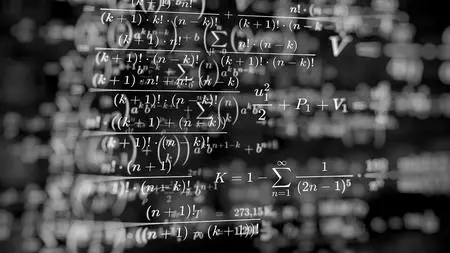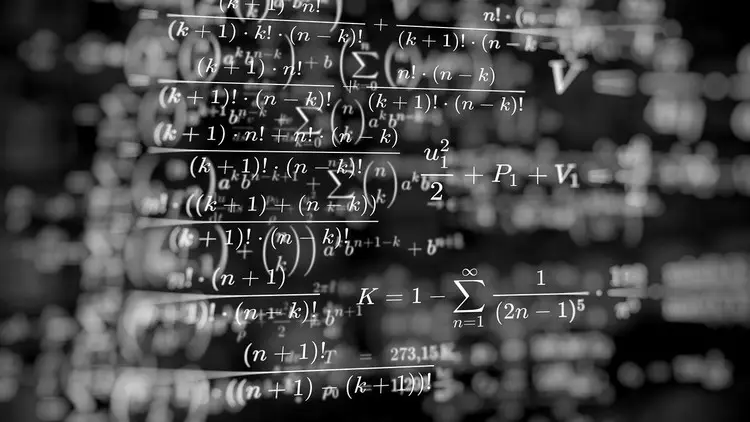Process Control: Hands-On for Dynamic Mathematical Modelling
Last updated 4/2021
Duration: 8h 53m | .MP4 1280x720, 30 fps(r) | AAC, 44100 Hz, 2ch | 2.6 GB
Genre: eLearning | Language: English
Last updated 4/2021
Duration: 8h 53m | .MP4 1280x720, 30 fps(r) | AAC, 44100 Hz, 2ch | 2.6 GB
Genre: eLearning | Language: English
Hands-On Dynamic Mathematical Modelling of Mass, Component and Energy for Chemical Processes
What you'll learn
General mathematical modelling principles
Step-by-step procedure in developing total mass balance for chemical processes
Step-by-step procedure in developing total component balance for chemical processes
Step-by-step procedure in developing total energy balance for chemical processes
Requirements
Basic chemical engineering knowledge
Engineering Mathematics
Description
Process Control: Hands-On for Dynamic Mathematical Modelling
This course is the first part of the
Process Control Hands-On Series
which consists of six parts:
Hands-On for Dynamic Mathematical Modelling
Hands-On for Advanced Dynamic Mathematical Modelling
Hands-On for Transfer Function
Hands-On for Dynamic Behavior
Hands-On for Feedback Control System
Hands-On for Feedback Controller Tuning
Course Outcomes:
At the end of this course, you will be able to:
Derive total mass balance for chemical processes
Derive total component balance for chemical processes
Derive total energy balance for chemical processes
Course Content:
General mathematical modelling principles
Step-by-step procedure in developing total mass balance for chemical processes (10 exercises).
Step-by-step procedure in developing total component balance for chemical processes (13 exercises).
Step-by-step procedure in developing total energy balance for chemical processes (11 exercises).
Who this course is for?
Chemical engineering undergraduate students who want to extend knowledge in process dynamic
Process engineers who want to develop dynamic models for process plant
Process control engineers who want to design control strategy for a new process
Process engineers who want to optimize process operating conditions
Teaching Method:
This course will be conducted hands-on based on several exercises with the step-by-step procedure in developing total mass balance, total component balance and total energy balance for selected chemical processes. The way the exercise is selected which is based on the increment of the degree of difficulty. Every section will start with the easiest exercise and the degree of difficulty increases from one exercise to another until at the end of the section you will derive mathematical models for the so called the hardest exercise. At the end of the every sub-section, there will be some assignments to assess your capability in deriving mathematical models.
Who this course is for:
Chemical engineering undergraduate students who want to extend knowledge in process dynamic
Process engineers who want to develop dynamic models for process plant
Process control engineers who want to design control strategy for a new process
Process engineers who want to optimize process operating conditions
More Info



